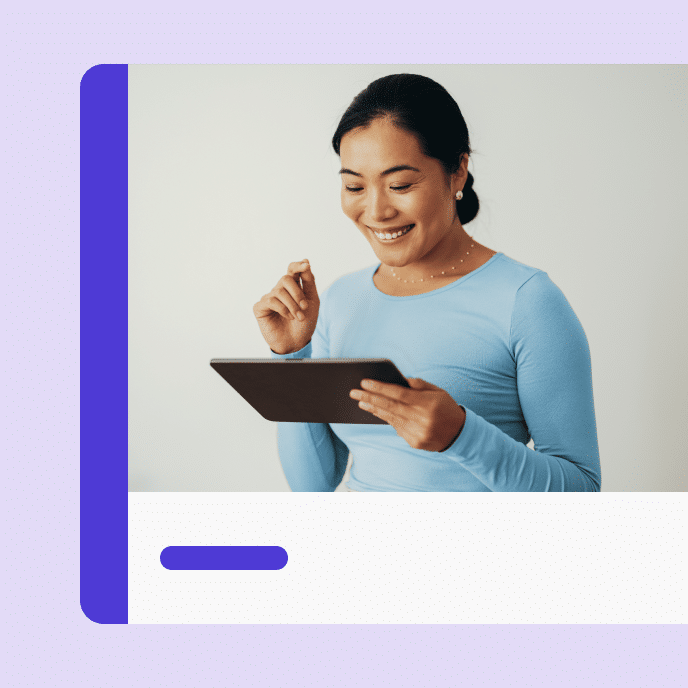What is a virtual classroom?
A virtual classroom is a digital space where learning takes place. This form of online learning typically connects students and teachers via video conferencing technology so they can interact with each other and with the learning material in real-time. This mimics the interactive learning experience of an in-person classroom, but offers the flexibility and accessibility of online learning.
Example: Since I live far from the university, I signed up for a virtual class on creative writing, where we break out into small groups via video conferencing each week to workshop our stories.
Benefits of virtual classes
As with all online courses, virtual classes offer a large degree of flexibility for both students and instructors. Even though this type of learning is synchronous, learners can attend class from different locations. Virtual classrooms can also offer increased opportunities for accessibility for learners. For example, video lectures can be easily configured with closed captioning.
Since virtual classrooms do not require an in-person shared space, they typically reduce costs for the learning institution. They can also be more easily scalable, allowing more students to attend a single course.
Best practices for creating a virtual classroom
Just like a physical classroom, it’s key to think thoughtfully about your virtual classroom setup. Ensure that learners can easily access course materials virtually, including any multimedia files.
Additionally, consider interactive tools like breakout rooms, which allow learners to process learning content in smaller groups. In doing so, you ensure that your virtual learning environment offers collaborative opportunities, just like traditional classrooms.
You may also like
Ready to get started with the leading course authoring tools?
Articulate has everything you need to create better workplace training. Start creating for free today.



